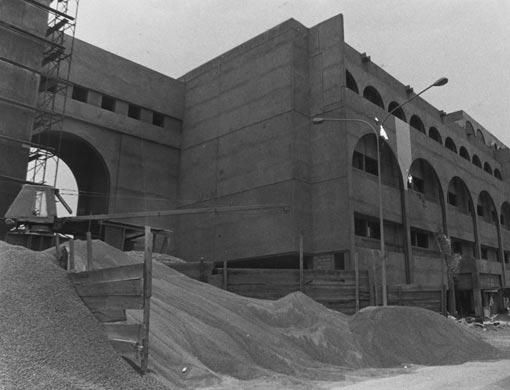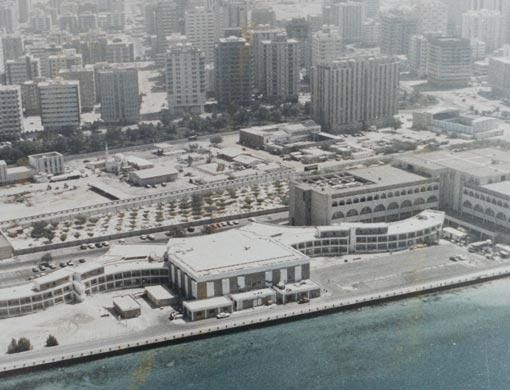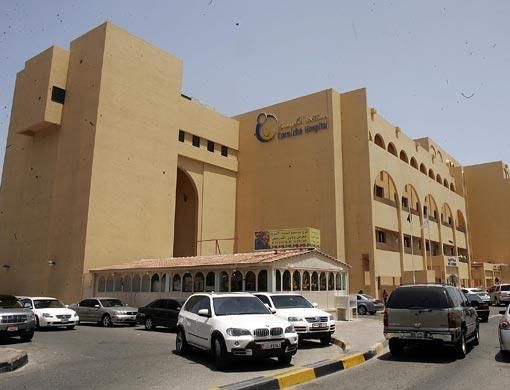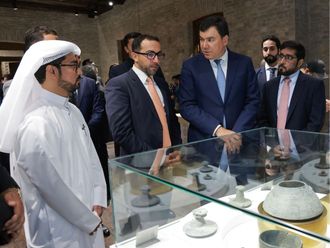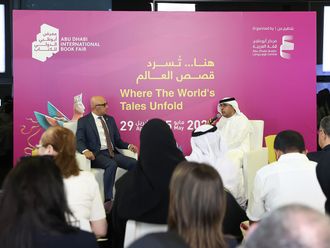Abu Dhabi: In the 1970's a local hotel in a prime location was turned into a maternity hospital, the Al Corniche Hospital (ACH).
At the time there were only two hospitals in Abu Dhabi emirate, the Central Hospital in Abu Dhabi, which has recently been shut down, and the Al Jeemi Hospital in Al Ain.
They provided general care for women and children according to the needs at the time, covering areas such as obstetrics, gynaecology and paediatrics.
With the increasing population growth of the emirate, Her Highness Shaikha Fatima, wife of Shaikh Zayed Bin Sultan Al Nahyan, late president of the UAE, recognised the need to provide specialised medical care for women in Abu Dhabi.
By 1974 the idea of a women's hospital was born.
It was provisionally named Shaheen ("falcon") Women's Hospital."
After negotiations in 1976 between the Presidential Court and Allied Medical Group Limited (AMGL), a UK based healthcare management company, the name was changed to Al Corniche Maternity Hospital.
By October 1976, the first management contract was concluded with AMGL to manage the hospital.
Ultra-sound
By the third week of February 1977, out-patients were already being treated and admitted.
The Corniche Hospital was the first in the city to introduce ultra-sound facilities.
By 1979, the Presidential Court commissioned a project for a new purpose-built building that culminated in what is the present building of the Al Corniche Hospital.
The old hospital building that was shaped like the body of an airborne falcon was closed and the new building with 188 beds, space for 250 out-patients per day and 32 cots opened its doors for patients by August 1984.
Currently the hospital has 235 beds and 50 neo-natal intensive care unit cots, and another 6 on the way.
"The Corniche Hospital was the first to introduce neotology (taking care of new- borns) and was purpose-built for obstetrics and gynaecology. We started off with 4,000 deliveries per year and now have up to 11,000 deliveries and have witnessed many multiple births and other success stories," said Peter Toombs, operations manager, of the ACH.
Rob Cross, director, has witnessed the hospital's growth in the past 20 years.
"Our biggest challenge over the years has been to meet our patients' requirements, and keeping up with external benchmarks on an international level and with changes in our management philosophy," Cross said.
The ultimate challenge for most of the staff members was to learn to work with updated technology such as a newly introduced computing platform, which has improved the quality and efficiency of keeping records when compared to written records.
"All our staff members had to go through 12 to 20 hours of training to learn how to use the new computing system comfortably," said Cross.
Gill Sibson, director of nursing at the hospital, has completed 25 years there and told Gulf News about the changes she has witnessed through the years and her own career path.
Sibson initially worked as a mid-wife, then became a mid-sister, then entered nurse management, followed by a position as deputy matron and now she is the director of nursing.
"I have seen improved technology, more effective ventilation and many more. In the past, certain conditions related to 28-week- old babies meant they had a small chance of survival, now small-sized babies are being monitored in our ICU unit and survive perfectly," said Sibson.
Many babies are born either too big or too small because the mother is suffering from an unknown condition, sometimes related to diabetes.
"Now we have specialists who handle diabetic pregnant mothers and can tackle these conditions, as well as delivery."
Another change at the ACH, something that was not available in the 1970's, is the use of laparoscopic surgery, also referred to as minimally invasive surgery.
This involves diagnosing and treating patients by making small incisions of up to half an inch instead of the usual, more invasive incisions.
"In the past, a mother would feel pain during delivery. But with spinal or regional anaesthesia, the mother is fully awake and aware of the whole process, yet feels no pain whatsoever," said Sibson.
Some time in the future the ACH premises will be moved a third time, to a nearby building, in order to accommodate the increasing number of maternity and neo-natal patients.
Construction of the new hospital is expected to start by 2010.


